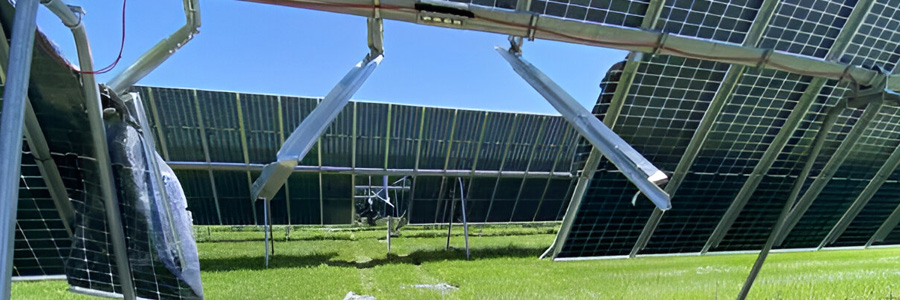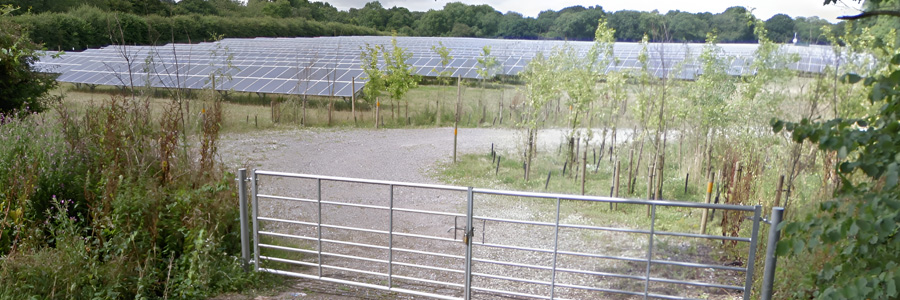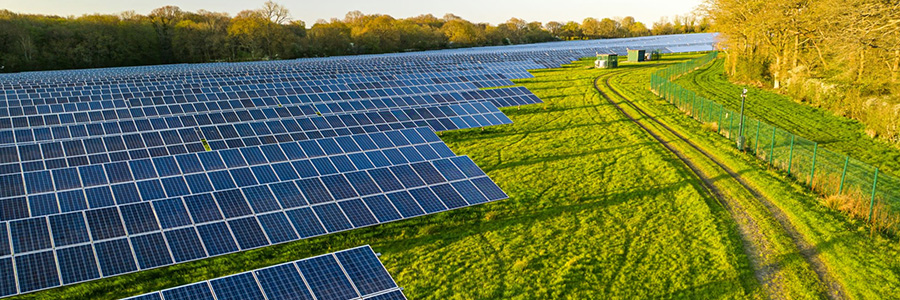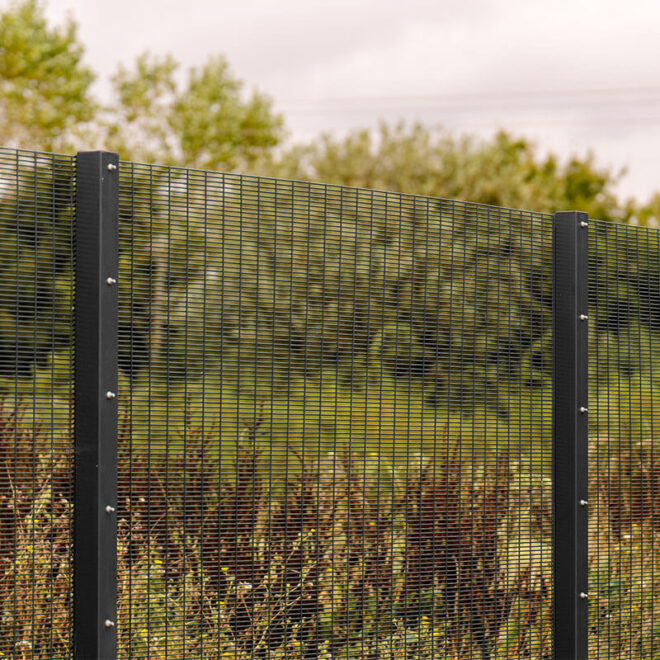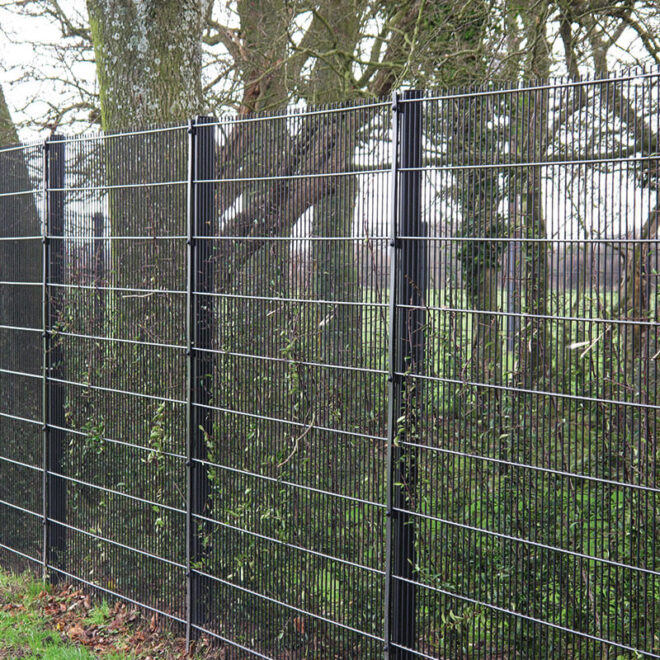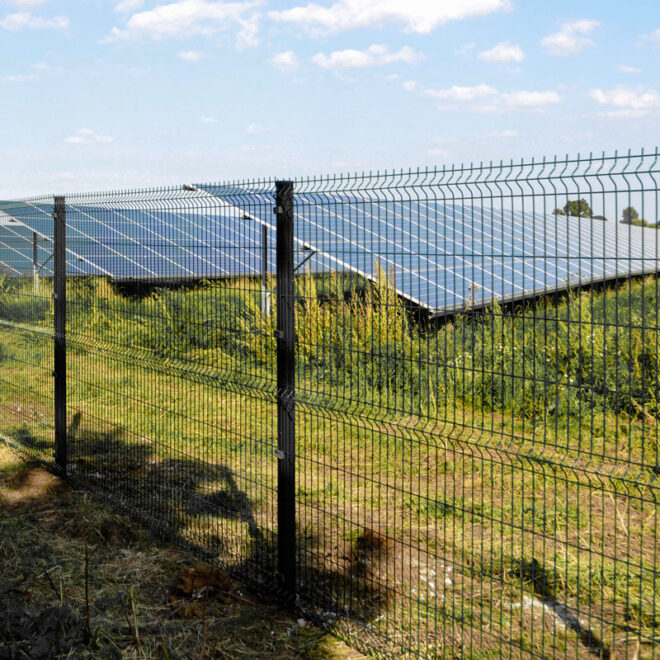Published:
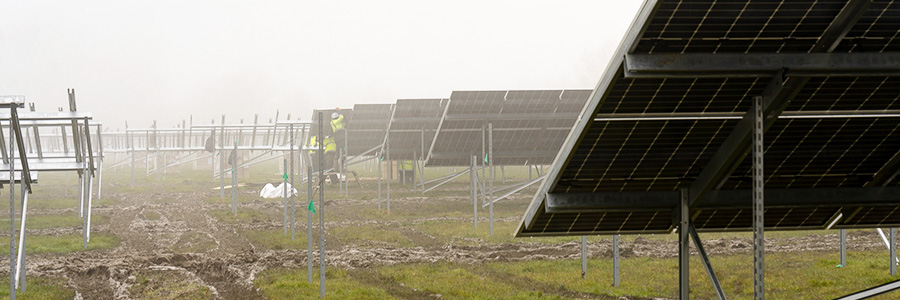
As the global shift toward renewable energy gains momentum, a troubling trend is emerging alongside it: the rise in solar panel theft. While once a rather niche concern, solar crime is increasingly making headlines, particularly at commercial-scale installations.
According to Spotter Global, theft from solar farms was expected to rise throughout 2024, with growing demand for panels making them both easier to sell and more valuable to steal. This certainly seemed to be the case, as between January and August 2024, there were at least 70 reported offences against solar farms.
Just this March and April (2025), the UK has seen a “significant rise” in crime at UK solar projects, with 11 reported incidents compared with just three reported in February. Kelly Barnes, senior crime analyst at DeterTech, said the UK is “very clearly now entering a peak period [of solar crime] when additional safeguards are advisable.”
So what’s driving this trend, and more importantly, how can operators protect their assets?
Why is Solar Panel Theft on the Rise?
Solar energy is booming. In 2024, solar photovoltaics increased by 451.9 GW. China alone added 278 GW to the total expansion, followed by India (24.5 GW). Europe continues to accelerate installation targets to meet climate goals. But this growth also means more exposed infrastructure, often in remote, rural, and lightly guarded locations.
Thieves target solar farms primarily for two reasons:
- To resell the panels: Second-hand panels, even if slightly damaged, still fetch a significant price on black markets. This is especially true in areas where demand for solar outpaces supply.
- For valuable materials: Copper wiring, inverters, and solar battery units are often stripped and sold separately. These components can be easier to offload than whole panels and are harder to trace.
Solar farm cabling very often includes significant amounts of copper, and as of early 2024, the market price of copper is up 30% from where it was five years ago. In January 2024, approximately £ 75,240.00 ($100,000) worth of copper was stolen from a solar power farm in Fresno, California. And in the 70 reported offences against solar farms mentioned above, in 20% of those incidents, more than 20km of cable was stolen. So, while stolen panels are bad enough, this is far from the only threat to solar farm operators.
Residential solar theft, by contrast, remains rare. Most homeowners live on or near the premises, and systems are usually roof-mounted and well-integrated into property infrastructure. But solar farms are different. They often cover vast areas, are unmanned for long periods, and may not be equipped with adequate perimeter protection.
The Cost of Solar Panel Theft
The financial implications of solar theft can be devastating. In the Fresno County case, though only £ 75,240.00 of equipment was stolen, the damage was estimated to total up to £2.1 million ($2.8m). This is because the true cost goes beyond the stolen equipment. It includes:
- Project delays while replacements are sourced
- Insurance premiums rising after repeated claims
- Repair and reconnection costs, especially for cut wiring or damaged mounts
- Lost energy production during downtime
In some cases, farms have had to increase onsite security (such as intruder alarms and security patrols), adding unplanned operational expenses and affecting ROI. For newer developments or smaller operators in the solar industry, this kind of financial hit can be especially hard to absorb.
How to Prevent Solar Panel Theft
As solar crime grows more organised and opportunistic, passive deterrents like warning signs and CCTV cameras are no longer enough. Comprehensive, layered security strategies are needed – especially for large-scale commercial installations.
Here are some of the most effective methods being used to protect solar infrastructure:
Perimeter Security Fencing
A secure physical barrier remains the first and most important line of defence for solar sites. Robust security fencing not only deters casual theft attempts but also significantly delays more determined intruders, buying time to alert security personnel or set off alarm systems.
Specialist products like our Solargard Solar Farm Fencing are designed specifically for solar environments. Unlike standard fencing, Solargard combines anti-climb panels, tamper-resistant fixings, and an adaptable design to accommodate cabling and infrastructure layouts, without compromising security.
Marking and Serialisation
Uniquely marking each solar panel with serial numbers, barcodes, or even forensic UV tracers can deter resale and assist recovery if stolen. Some asset protection services also offer GPS tracking options for higher-value equipment.
Surveillance and Monitoring
Motion-detection cameras, drones, and AI-powered radar systems are increasingly being used across solar farms to monitor activity 24/7. These systems can flag unusual behaviour instantly and alert security teams in real time – very useful for any solar company.
Lighting and Visibility
Installing motion-activated lighting is a good, cost-effective deterrent, especially in rural areas where darkness can otherwise make intruders’ illicit activities easier.
Alarms and Sensors
Tamper sensors, ground vibration alarms, and perimeter tripwires add another layer of active defence, especially when paired with live monitoring or automatic alerts.
A combination of methods is the best strategy to deter thieves and minimise security threats.
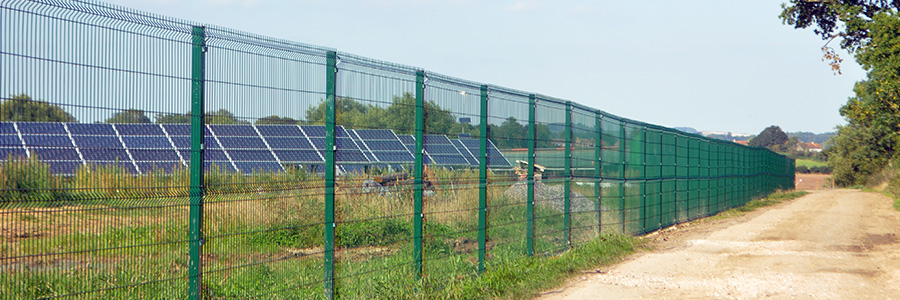
Being Proactive About Solar Security
As solar power energy continues to scale, so will the security incidents that threaten infrastructure. For operators and developers, investing in tailored security measures isn’t just about loss prevention. It means protecting long-term energy output, reputation, and ROI (return on investment).
Fencing solutions like our Solargard security system offer a practical, scalable foundation for physical protection, designed to meet the needs of today’s solar farms.
Get in touch with us today on 01892 833 001 for a bespoke security solution for your solar farm array perimeter.



